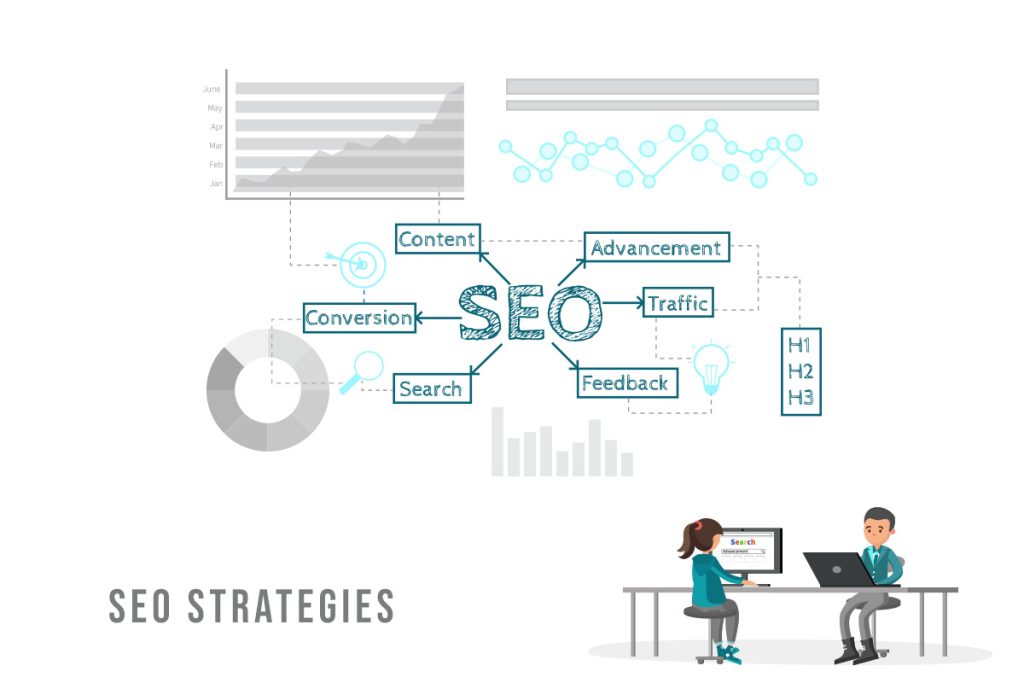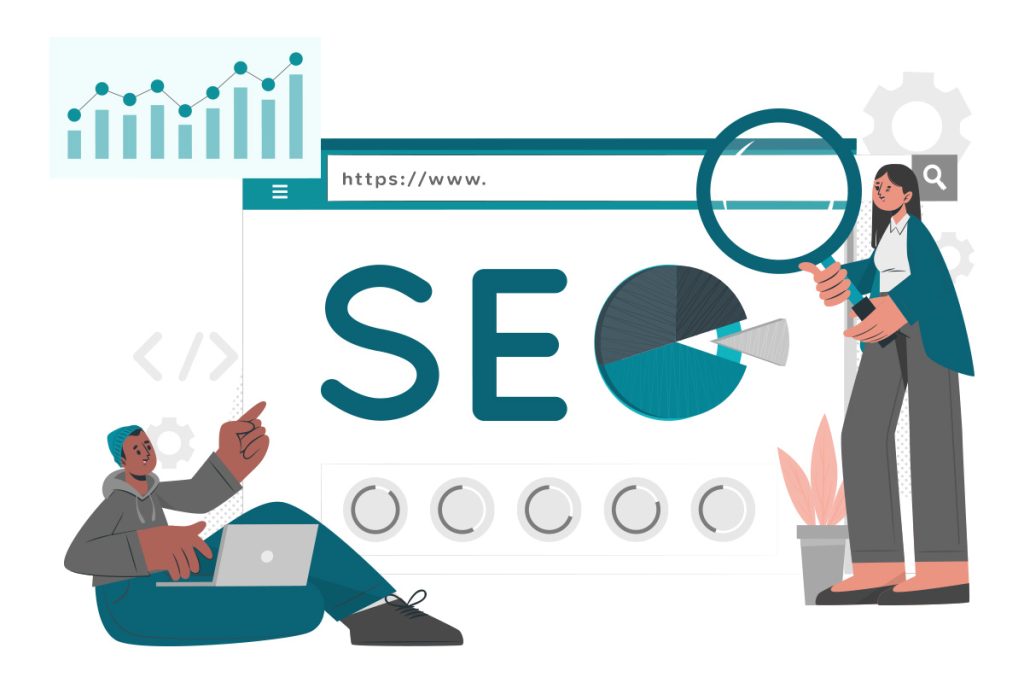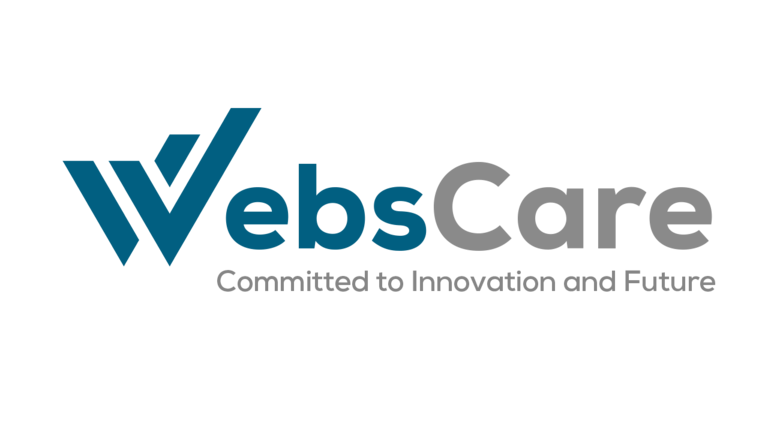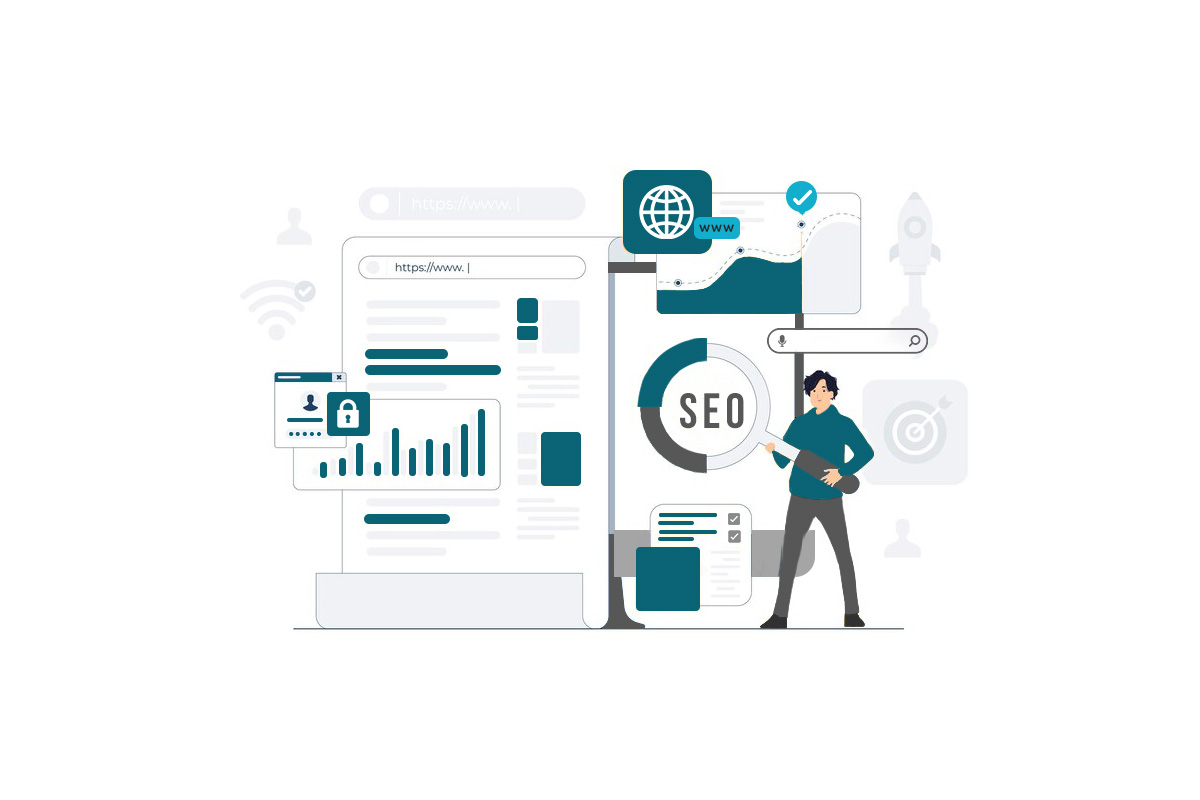Today, driving consistent traffic to your website is essential for growth and success. One of the most powerful ways to achieve this is through smart, well-executed SEO strategies. By optimizing your website for search engines, you can significantly increase your visibility, attract more targeted visitors and ultimately boost your online presence. In fact, with the right approach, SEO can help you double your website traffic in as little as six months. This article by WebsCare explores proven SEO techniques that can transform your website’s performance, highlighting actionable steps you can start implementing today for impressive, measurable results.
Proven SEO Strategies to Double Your Website Traffic in 6 Months
Here is the 6-Month SEO Plan to Supercharge Your Website Traffic, mentioned as:

How to Use PPC Advertising to Drive More Leads in Pakistan ?Let’s find it
1. Laying a Solid Foundation: Comprehensive Keyword Research
Keyword research is the foundation of any successful SEO strategy, helping you understand what your audience is actually searching for. Start by brainstorming topics from a customer’s perspective, then analyze competitors using tools like SEMrush or Ahrefs to find valuable keyword opportunities. Expand your list with tools like Google Keyword Planner and focus on both broad and long-tail keywords for better targeting. Organize keywords by search intent (informational, navigational, transactional) and prioritize those with good search volume and lower competition. Proper keyword research ensures your content aligns with real demand, setting the stage for significant traffic growth and preventing wasted efforts.
2. Optimizing Your On-Page Elements for Search Engines and Users
Once you have a clear understanding of your target keywords, the next step is to optimize your website’s content and HTML source code to make it more appealing to search engines and user-friendly. Ensure mobile-friendliness by adopting a responsive design, as Google prioritizes mobile-first indexing. Finally, optimize page speed by compressing images, leveraging browser caching, minimizing HTTP requests, and using a Content Delivery Network (CDN) to deliver a faster and smoother user experience which search engines reward with higher rankings.
Key On-Page Optimization Tactics may include:
Here’s a table summarizing SEO Best Practices:
| SEO Element | Best Practice Description |
|---|---|
| Title Tags & Meta Descriptions | Craft compelling and keyword-rich titles and meta descriptions to improve click-through rates (CTR) in search results. |
| Header Tags (H1-H6) | Use header tags strategically to structure content and highlight main keywords with H1 for the page’s primary focus. |
| Content Optimization | Create high-quality, informative content that naturally incorporates target keywords without keyword stuffing. |
| Image Optimization | Use descriptive file names, alt text, and compress images for faster loading times and better accessibility. |
| Internal Linking | Link relevant pages within your site to improve navigation and help search engines understand content relationships. |
| URL Structure | Use clean, concise, and keyword-friendly URLs for better user and search engine understanding. |
| Mobile-Friendliness | Ensure the website is responsive, providing a seamless experience on mobile devices, as Google prioritizes mobile indexing. |
| Page Speed Optimization | Improve website loading speed by optimizing images, using browser caching, and leveraging a CDN for better user experience and SEO ranking. |
3. Building Authority and Trust: Off-Page SEO Strategies
Off-page SEO refers to actions taken outside of your website to improve its search engine rankings, with a primary focus on building authority and trust in the eyes of search engines. Essential off-page SEO techniques include link building by earning high-quality backlinks through creating valuable content, guest blogging on relevant websites participating in industry forums, reaching out to offer your content as a resource and fixing broken links. Brand mentions, even without direct links, also enhance online authority. Plus, maintaining a strong social media presence can drive traffic and boost brand visibility, while online reputation management through positive reviews and testimonials strengthens trust and credibility. For businesses with a physical location, local SEO practices such as optimizing Google My Business profiles and ensuring consistent local citations are critical for attracting nearby customers.
4. Technical SEO
Technical SEO focuses on optimizing the technical aspects of a website to ensure that search engine crawlers can efficiently access, understand and index its content. Key elements of technical SEO include submitting an XML sitemap to help search engines discover important pages, configuring a robots.txt file to guide crawlers on which pages to access or avoid and implementing schema markup (structured data) to provide additional context about the site’s content, enhancing the chances of earning rich snippets in search results. Ensuring the website uses HTTPS is vital for both security and ranking signals while canonical tags help manage duplicate or similar content by specifying the preferred page version to avoid indexing issues. Additionally, optimizing for Google’s Core Web Vitals including Largest Contentful Paint (LCP), First Input Delay (FID) and Cumulative Layout Shift (CLS), is crucial for improving user experience and boosting overall search engine rankings.

How to maximize your ROI with expert PPC advertising strategies in Pakistan. Let’s read more about it.
5. Consistent Monitoring, Analysis and Adaptation
SEO is not a one-time task but an ongoing process. To achieve and maintain significant traffic growth, you need to continuously monitor your website’s performance, analyze the data and adapt your strategies accordingly.
| SEO Task | Description | Tools/Methods |
| Tracking Key Metrics | Monitor crucial SEO metrics such as organic traffic, keyword rankings, click-through rates, bounce rate, time on page, and conversion rates. | Google Analytics, Google Search Console |
| Regular Reporting | Generate regular reports to track progress, identify trends and understand what’s working and what’s not. | Google Analytics, Excel/Google Sheets |
| Competitor Analysis | Keep an eye on your competitors’ strategies and adapt your own as needed. | SEMrush, Ahrefs, SpyFu |
| Staying Updated | Stay informed about the latest algorithm updates and best practices in SEO. | Blogs, Forums, SEO News Sites (e.g., Moz, Search Engine Journal) |
How to Use Retargeting Ads to Increase Conversion Rates? Let’s find it
Conclusion
Understanding the different types of PPC ad campaigns is important for businesses looking to optimize their digital marketing strategy. From the targeted nature of search ads to the visually appealing display and video campaigns, each ad type serves a unique purpose and targets audiences in different ways. Shopping campaigns serve specifically to e-commerce businesses while app campaigns focus on driving mobile app installs and engagement. Local campaigns help brick-and-mortar businesses attract nearby customers and Performance Max campaigns streamline cross-channel advertising for maximum performance. Plus, Gmail Ads provide a personalized, interactive experience for users. By selecting the right PPC ad type based on business objectives, target audience and available resources, marketers can enhance their chances of driving meaningful conversions and achieving their advertising goals.


